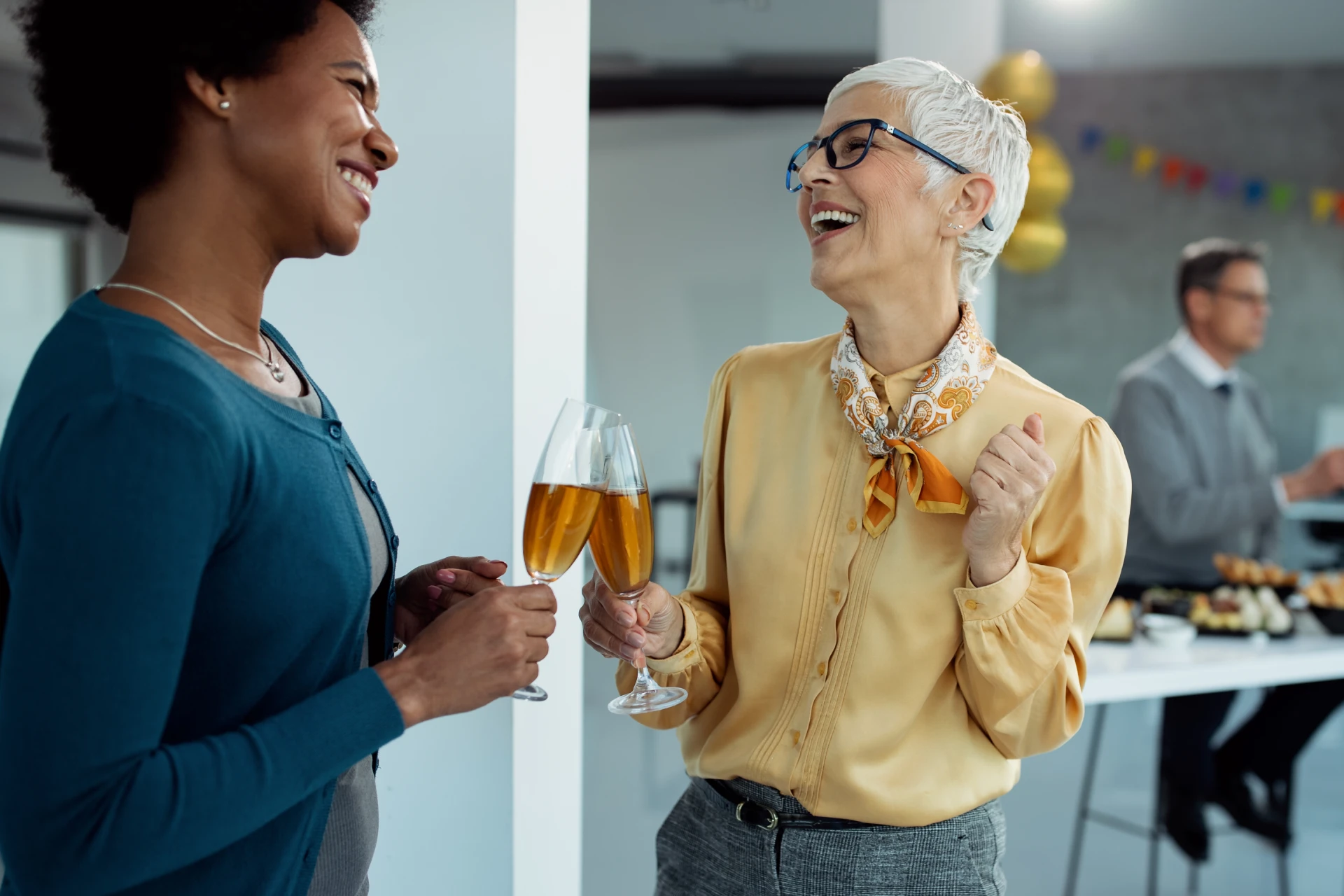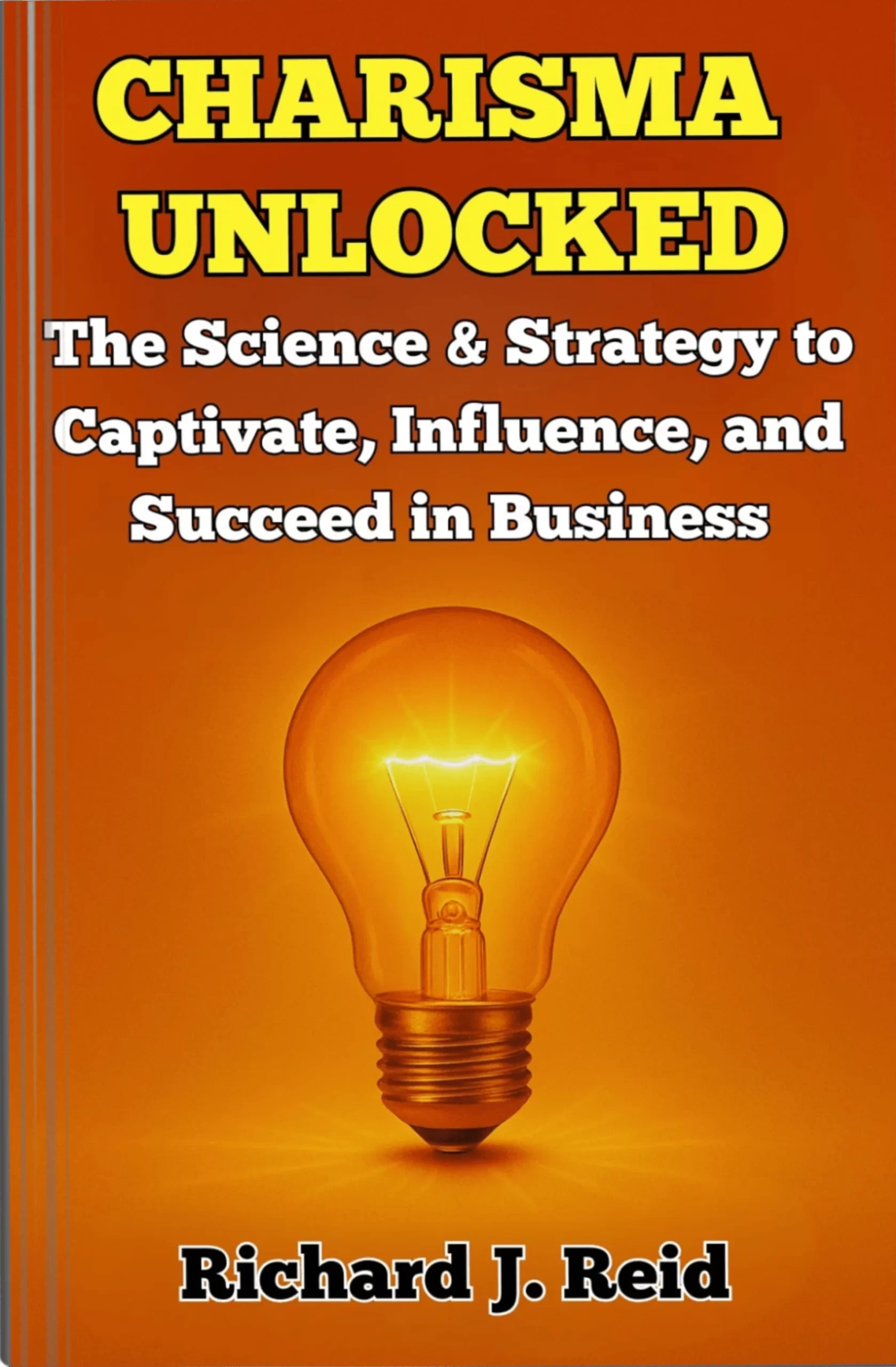Abstract
In the intricate tapestry of the legal system, courtroom psychology emerges as a critical determinant of justice. From the subtle cues in body language, the symbiotic relationship between jurors and the commanding influence of persuasive narratives, understanding human behaviour in a courtroom setting is indispensable for legal practitioners. This paper explores the psychological dimensions of courtroom interactions, focusing on body language, jury dynamics, and persuasion strategies. By synthesising academic research and practical insights, this whitepaper illuminates how psychological understanding can navigate the complexities of courtroom proceedings to achieve favourable outcomes.
Introduction
The courtroom is no mere stage for legal proceedings but a theatre of human behaviour where the stakes are extraordinarily high. Judges, lawyers, jurors, witnesses, and defendants operate within the confines of the law and under the considerable influence of human psychology. Legal outcomes are often shaped by perceptions, biases, and emotions as much as by factual evidence.
1. Body Language: Non-Verbal Communication in the Courtroom
While words play a significant role in legal arguments, body language often speaks louder than rhetoric. In a courtroom, individuals—from witnesses to attorneys—are under constant observation, making a mastery of nonverbal communication crucial.
Key Components of Body Language
- Facial Expressions: Micro-expressions can betray hidden emotions, providing critical clues about authenticity or deception.
- Gestures and Postures: A confident posture by a defence attorney often instils credibility, while fidgeting by a witness may raise suspicion.
- Eye Contact: A steady gaze can convey honesty, while avoidance might indicate deceit. Jurors often unconsciously gauge the sincerity of individuals based on this alone.
Interpretation of Body Language
Judges and juries tend to unconsciously interpret body language to corroborate verbal testimony, with incongruities raising alarms. Lawyers skilled at ‘reading’ body language can adjust questions to exploit these revelations, creating opportunities to challenge credibility.
Deliberate Presentation
Professionals appearing in courtrooms often train to exhibit controlled non-verbal cues. Witness preparation commonly includes coaching to exude sincerity and confidence, reducing the risk of misinterpretation.
2. Jury Dynamics: The Psychology of Group Decision-Making
As a microcosm of societal diversity, the jury is subject to unique interpersonal dynamics that strongly influence case outcomes. Understanding the psychology of jury behaviour enables lawyers to tailor their strategies for maximum impact.
Cognitive Biases in Juries
- Confirmation Bias: Jurors tend to favour evidence that confirms their preconceived notions while ignoring contradictory information.
- Halo Effect: A defendant or lawyer’s perceived likability or credibility may disproportionately influence juror decisions.
- Groupthink: Strong personalities within a jury can lead to a collective consensus that overrides individual dissent, particularly when deliberating behind closed doors.
Influence of Authority Figures
Judges, as figures of authority, wield considerable psychological influence over jurors. Subtle guidance through instructions can unknowingly nudge jury decisions. Expert witnesses, too, often sway juror perception through their authority in a given field.
Emotional Appeals
While jurors may aspire to remain impartial, emotions play a significant role. A heartfelt narrative from a defendant or a prosecutor’s ability to evoke empathy for a victim often leaves a stronger impression than dry, factual evidence.
3. The Power of Persuasion: Crafting Compelling Narratives
In a courtroom environment, the persuasive power of storytelling can often outweigh volumes of data or cold logic. Legal professionals who understand how to tailor narratives to resonate with a jury’s psychology hold a distinct advantage.
The Art of Storytelling
People are naturally drawn to stories. A well-structured narrative creates an emotional connection, making complex cases more easily understood and memorable. For example:
- Starting with a relatable premise ensures that the audience is engaged.
- Framing the client as vulnerable or sympathetic encourages empathy.
- Structuring narratives with clear beginnings, conflicts, and resolutions ensures clarity.
Framing Arguments
Psychological framing influences how jurors interpret information. Defining a situation as a tragedy, mistake, or injustice can elicit different responses. The perception of what is ‘true’ often depends significantly on how data and evidence are presented.
Language and Communication Techniques
Persuasive language, bolstered by rhetorical techniques, amplifies arguments’ memorability. Anchoring points early in an argument often helps jurors shape their thought processes throughout the trial.
The Role of Confidence
Lawyers’ confident delivery fosters trust and credibility. Conversely, tentative or hesitant delivery can make even strong arguments appear weak. Jurors are more likely to align themselves with assured and compelling advocates.
Case Studies: Psychology in Action
To underline the real-world application of courtroom psychology, consider two seminal cases:
- People v. O.J. Simpson (1995): This case famously showcased the power of persuasion. Defence lawyers exploited jury biases and expertly framed evidence to their client’s advantage, using storytelling strategies to cast doubt on the prosecution’s case.
- The Central Park Five (1989): Here, confirmation bias and coercive interrogation tactics led to wrongful convictions, demonstrating the dangers of psychological missteps in the legal process.
Challenges and Ethical Considerations
Misuse of Psychology
While psychological strategies enhance litigation, their misuse raises ethical concerns. Manipulating jury biases or intimidating vulnerable witnesses undermines the principles of justice. Striking a balance between psychological leverage and ethical integrity remains a pressing issue for legal professionals.
Cultural and Individual Variations
Not all psychological strategies are universally effective. Cultural differences and individual juror personalities make a one-size-fits-all approach unlikely to succeed.
Conclusion
Psychology is an inseparable element of courtroom proceedings, shaping individual and collective behaviours. Mastery of body language, jury dynamics, and the art of persuasion grants legal professionals a competitive edge, enabling them to sway opinions and achieve desirable outcomes. However, with great power comes great responsibility—the ethical use of psychology is paramount in upholding the legal system’s legitimacy.
By integrating psychological insights with legal expertise, courtroom participants can significantly enhance their efficacy while fostering a judicial ecosystem that remains attuned to the behaviours and biases of all involved.
References
- Ekman, P. (2003). Emotions Revealed: Recognising Faces and Feelings to Improve Communication and Emotional Life. Owl Books.
- Cialdini, R. B. (2001). Influence: The Psychology of Persuasion. Harper Business.
- Sunstein, C. R., & Hastie, R. (2015). Wiser: Getting Beyond Groupthink to Make Better Decisions. Harvard Business Review Press.
- Vrij, A. (2008). Detecting Lies and Deceit: Pitfalls and Opportunities. Wiley.










